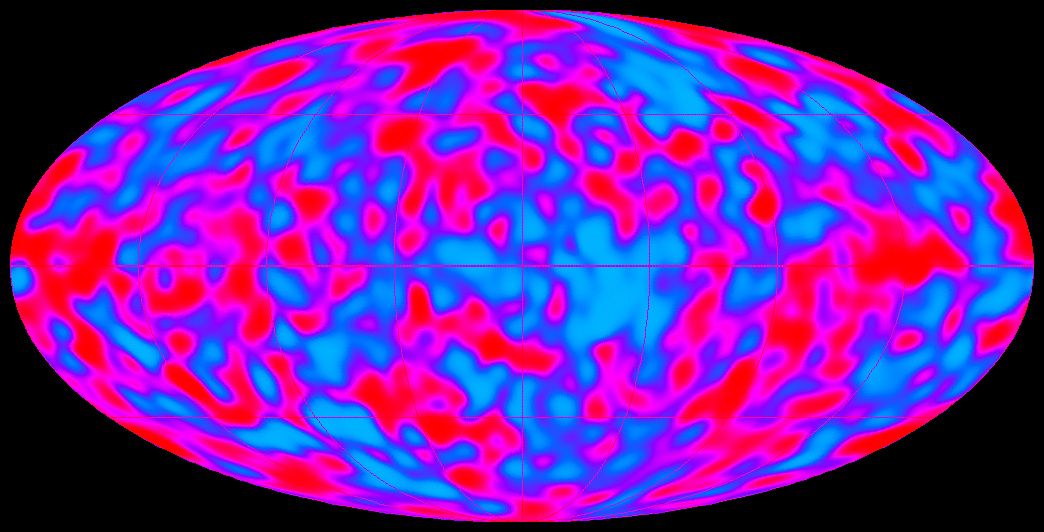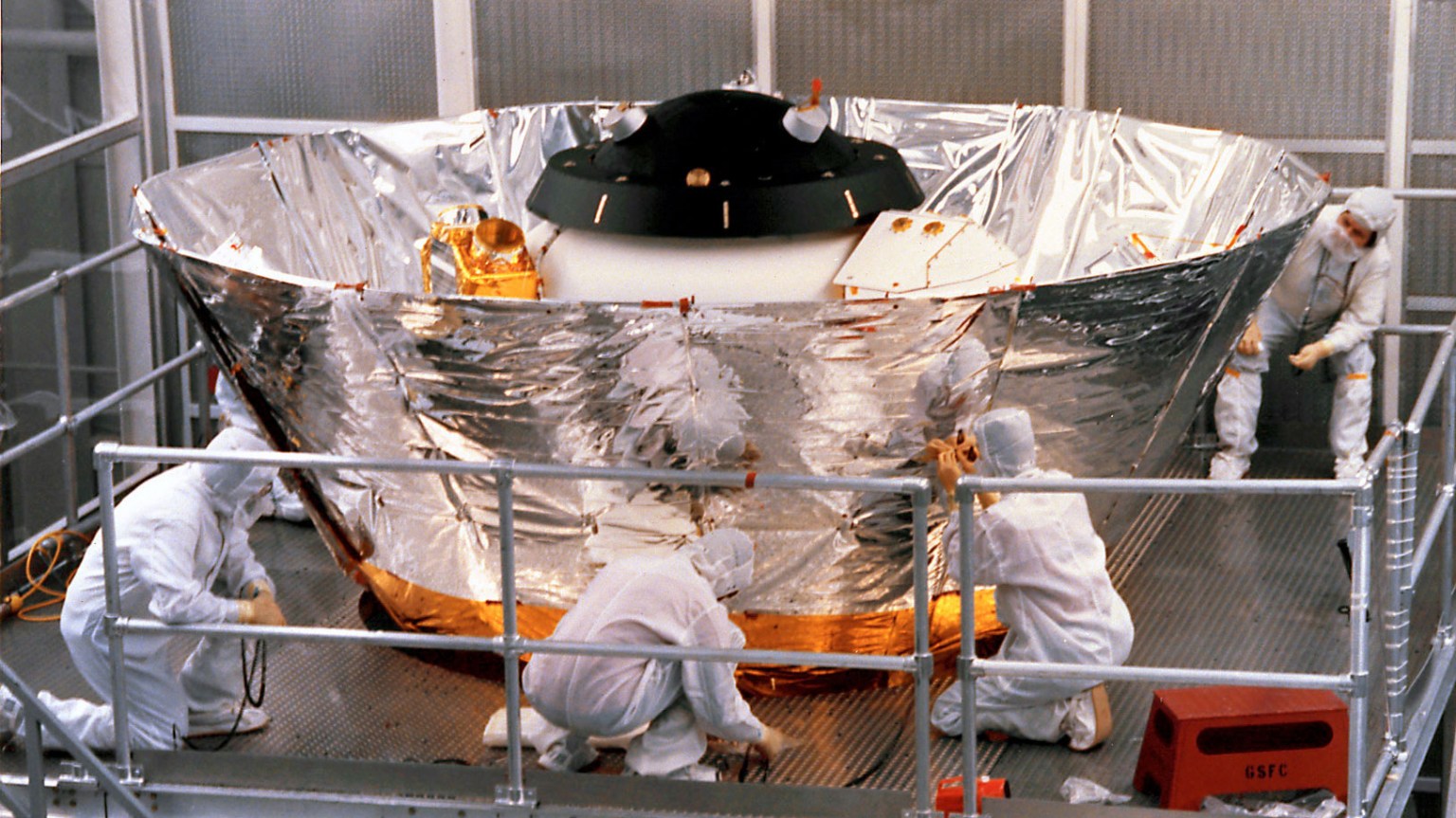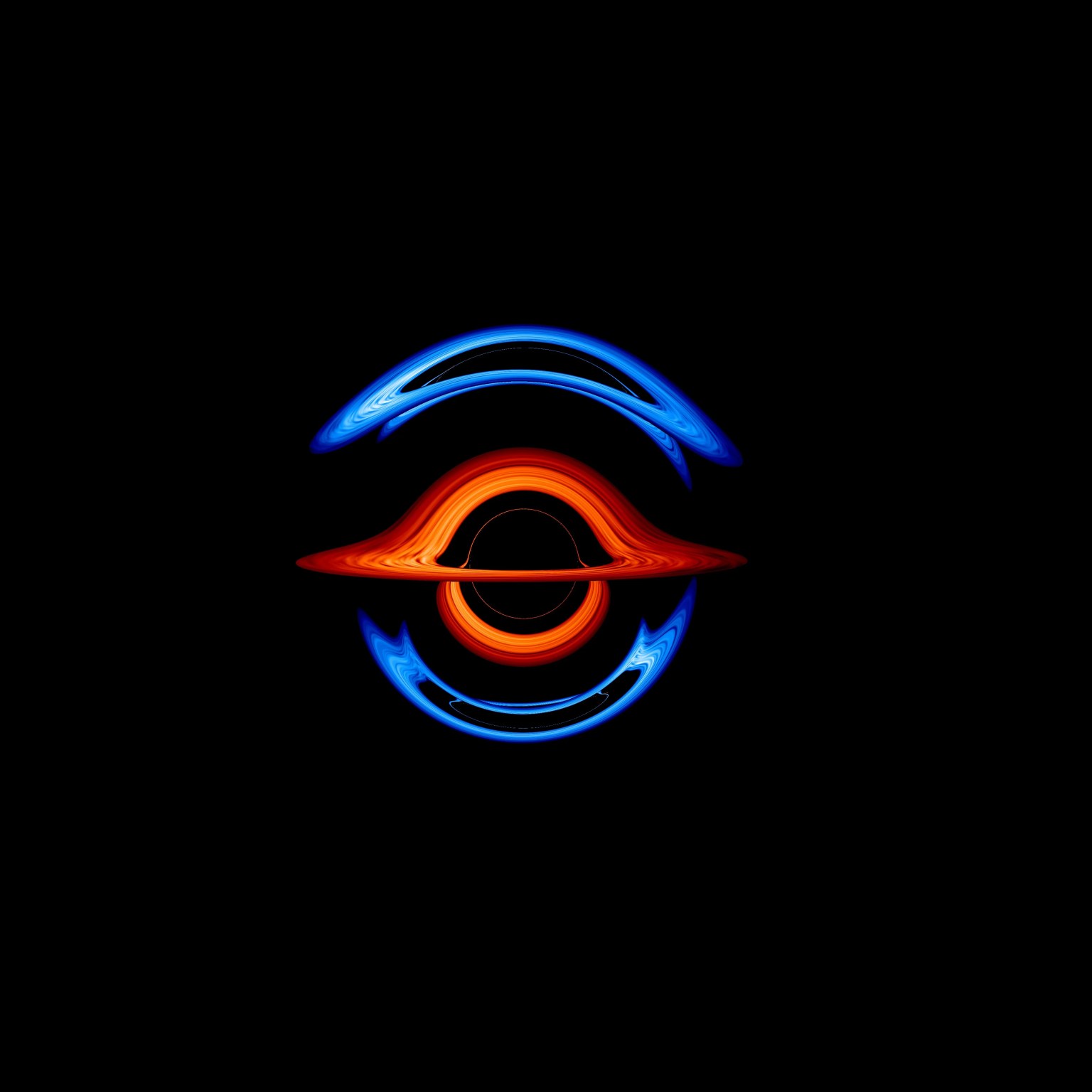COBE (Cosmic Background Explorer)
Mission Type
Nasa lead
Launch
wavelengths
COBE Satellite Marks 20th Anniversary
NASA’s Cosmic Background Explorer (COBE) satellite rocketed into Earth orbit on Nov. 18, 1989, and quickly revolutionized our understanding of…
Read the Story
COBE at Goddard
Technicians work on the COBE spacecraft in a clean room at NASA’s Goddard Space Flight Center in Greenbelt, Maryland. The mission launched into an Earth orbit in 1989 to make an all-sky map of the cosmic microwave background, the oldest light in the universe. The conical silver shield protects the scientific instruments from direct radiation from the Sun and Earth, isolates them from radio-frequency interference from the spacecraft transmitters and terrestrial sources, and provides thermal isolation for a dewar containing liquid helium coolant.
The Cosmic Background Explorer (COBE)
NASA's COBE satellite rocketed into Earth orbit on Nov. 18, 1989, and quickly revolutionized our understanding of the early cosmos.
































